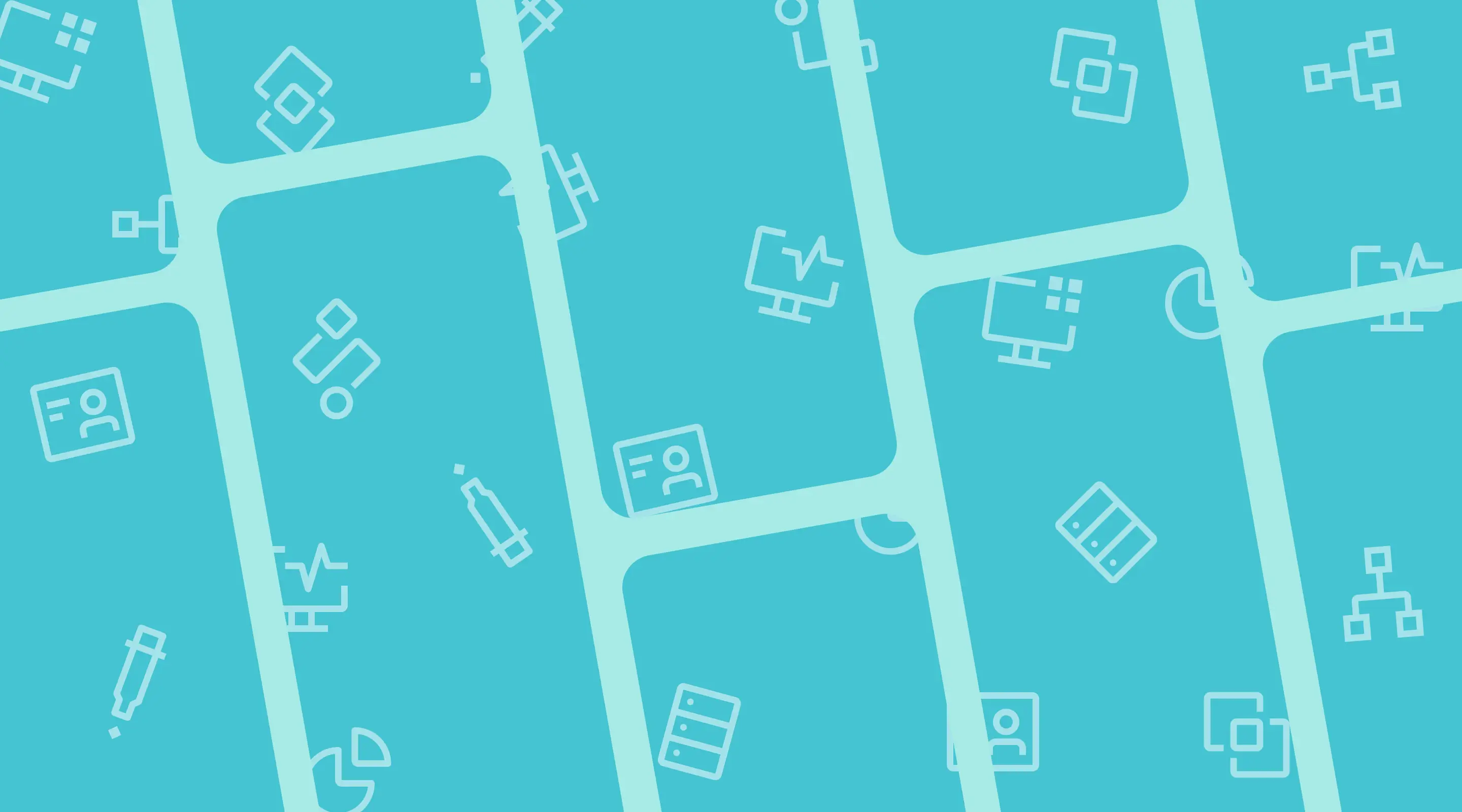The Key Differences: Service Design vs UX Design

Table of contents
Businesses in Singapore often face complex challenges when trying to design meaningful, efficient experiences for their customers.
That’s where design plays a critical role — specifically, service design and UX (user experience) design. Though they are closely related, each plays a distinct role in crafting seamless customer experiences.
As a leading UX design agency in Singapore, ALF Design Group helps clients bridge the gap between service-level thinking and interface-level execution.
This guide explains the difference between service design and UX design, their roles in digital product development, and why combining both can drive success for businesses in Singapore.
What is Service Design?
Service design is the blueprint behind how a business delivers its services across multiple touchpoints, both digital and physical. It ensures that your customers’ experience is smooth, effective, and consistent.
Key Features of Service Design
- End-to-End Focus: From marketing to support
- Cross-Functional Collaboration: Includes operations, customer service, design, and tech
- System Thinking: Addresses the entire ecosystem
- Tools: Service blueprints, journey maps, stakeholder maps
Service design is especially useful for Singaporean SMEs looking to optimise internal workflows, automate redundant processes, or improve customer journeys across web, mobile, and offline experiences.
"Unlinke traditional web design in Singapore, which focuses on interfaces, service design looks at the entire system of how services are delivered."
What is UX Design?
User Experience (UX) design is focused on how users interact with a product or service — primarily digital ones like websites, applications, or digital kiosks.
Key Features of Service Design
- User Centric: Puts the needs of the end-user at the centre
- Interface-Level Design: Focus on usability, interaction and responsiveness
- Tools: Wireframes, prototypes, usability testing, A/B testing
We’ve seen first-hand how businesses in Singapore benefit from high-performing UX.
Our work at ALF Design Group shows that even small interaction changes — like simplifying a button or improving mobile responsiveness — can dramatically improve conversions.
See: BigFundr Case Study
Key Differences: Service Design vs UX Design
How They Work Together
While different in their scope, service design and UX design complement one another. Service design sets the strategic direction; UX executes it at the user interface level.
For example, if a bank in Singapore wants to improve its onboarding experience, service design would look at the entire journey (sign-up, verification, support), while UX would focus on the onboarding form, flow, and usability.
At ALF Design Group, we often choose Webflow when building customer-centric websites that align with both service and UX goals.
Explore how we use Webflow here.
Why Singapore Businesses Need Both
Singaporean customers are digitally savvy. They expect speed, clarity, and consistency. Businesses that don’t combine service and UX design risk offering fragmented, frustrating experiences.
Key Benefits:
- Improved Efficiency: Service design reduces redundancies and enhances operations
- Increased Conversions: UX design helps users achieve goals faster
- Cross-Channel Consistency: Unifies online and offline experiences
- Scalability: Better foundations for future product or service extensions
Whether you’re launching a new SaaS platform or running an ecommerce store, integrating both disciplines will help deliver cohesive, high-performing customer experiences.
Post-Launch: Continuous Improvement
The work doesn’t stop at launch. Continuous improvement is crucial for both service and UX design.
- Use real user feedback
- Measure performance metrics
- Conduct ongoing design sprints
- Invest in web design maintenance services
For example, a well-designed site may still suffer from navigation issues. That’s why we regularly revisit UX foundations like sidebar navigation best practices.
Cost Considerations in Singapore
How much does service or UX design cost in Singapore? It depends on scope and complexity. But our website pricing guide provides local benchmarks to help you plan.
"Investing in both service and UX design pays off long-term — in better retention, fewer support tickets, and higher conversion rates.”
FAQs
What is service design in simple terms?
It’s designing the full experience a customer has with your service — from behind-the-scenes processes to front-end delivery.
Can I start with UX only?
Yes, but layering service design later ensures business scalability and alignment.
Is this only for big companies?
Not at all. Singapore SMEs and startups benefit greatly from having lean yet effective design strategies.
What are some tools used in each?
Service: journey maps, blueprints. UX: Figma, user tests, A/B tools.
Where can I learn more?
Explore our blog on web design best practices.
Conclusion
In summary, service design and UX design are not competing disciplines — they are complementary. Businesses in Singapore that apply both can deliver seamless, customer-centric digital experiences that drive results.
Whether you’re mapping a full customer journey or refining a single webpage, start thinking holistically. That’s where the real ROI lives.
{{build-better-experience="/directory"}}
Related Articles

UX Writing: Elevating User Experience Through Words
Learn how UX writing boosts clarity, conversions, and experience on Webflow sites in Singapore.

Website Design Cost in Singapore (2025 Guide)
The cost of building a website in Singapore depends on its complexity and features. For a basic website, expect to pay around S$1,000 - S$3,000.

From Keywords to Conversations: The Future of Search in 2026
AI search is evolving fast. Here’s how conversational, intent-first search will shape brand visibility and user behaviour in 2026.
Launch Your Next Website.
Ready to elevate your online presence with a trusted web design agency in Singapore?


.webp)